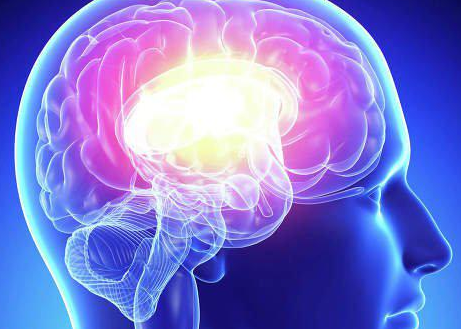At first glance, our ability to remember things doesn't seem very impressive at all.
乍一看,我们的记忆能力并不值得惊叹。
19th century psychologist Herman Ebbinghaus demonstrated that
十九世纪心理学家赫尔曼·艾宾浩斯发现,
we normally forget 40% of new material within the first twenty minutes, a phenomenon known as the forgetting curve.
一般在20分钟内我们会忘记40%的新事物,这个现象被称作“遗忘曲线”。
But this loss can be prevented through memory consolidation,
可是记忆力可以通过对记忆的巩固来提高,
the process by which information is moved from our fleeting short-term memory to our more durable long-term memory.
在这个巩固的过程中,新的事物会从短期记忆移到更稳定的长期记忆。
This consolidation occurs with the help of a major part of the brain, known as the hippocampus.
记忆巩固得益于脑部的一个重要部位,这个部位被称为海马体。

Its role in long-term memory formation was demonstrated in the 1950s by Brenda Milner in her research with a patient known as H.M.
海马体在长期记忆形成中扮演的角色于1950年代被布兰达·米尔内通过她对一位名为H.M.的病人的研究证实。
After having his hippocampus removed, H.M.'s ability to form new short-term memories was damaged,
H.M.的海马体被移除后,他形成新的短期记忆的能力遭到破坏,
but he was able to learn physical tasks through repetition.
但他仍能够通过不断重复学习新的体能任务。
Due to the removal of his hippocampus, H.M.'s ability to form long-term memories was also damaged.
由于海马体的移除,H.M形成长期记忆的能力也被破坏了。
What this case revealed, among other things,
这个例子反映出
was that the hippocampus was specifically involved in the consolidation of long-term declarative memory,
海马体在长期陈述性记忆而非程序性记忆巩固的过程中至关重要,
such as the facts and concepts you need to remember for that test, rather than procedural memory,
陈述性记忆包括你考试要记的事实、概念等,
such as the finger movements you need to master for that recital.
程序性记忆包括你钢琴独奏要记住的手指动作。
Milner's findings, along with work by Eric Kandel in the 90's,
米尔内的发现加上埃里克·坎德尔在90年代的发现
have given us our current model of how this consolidation process works.



